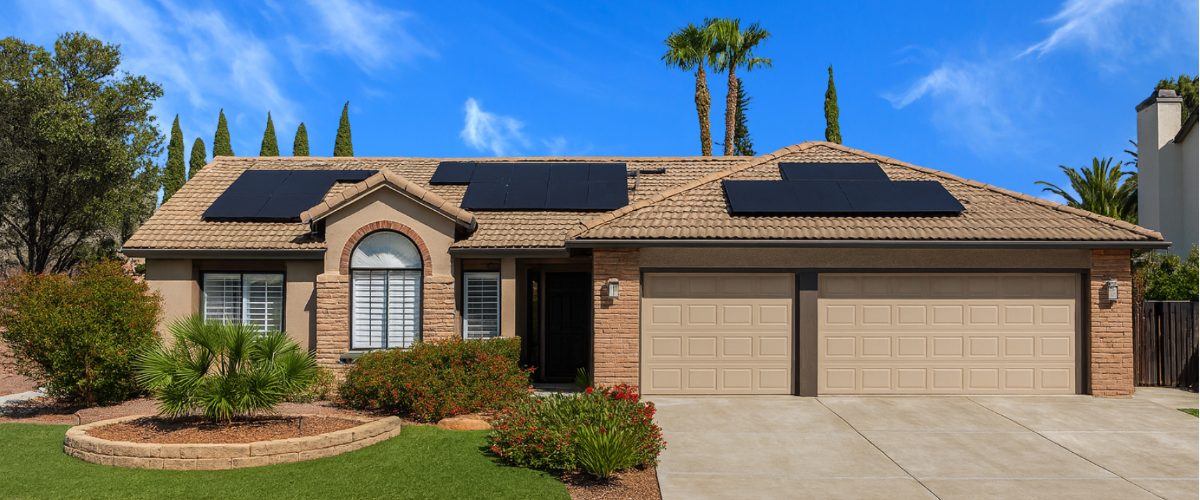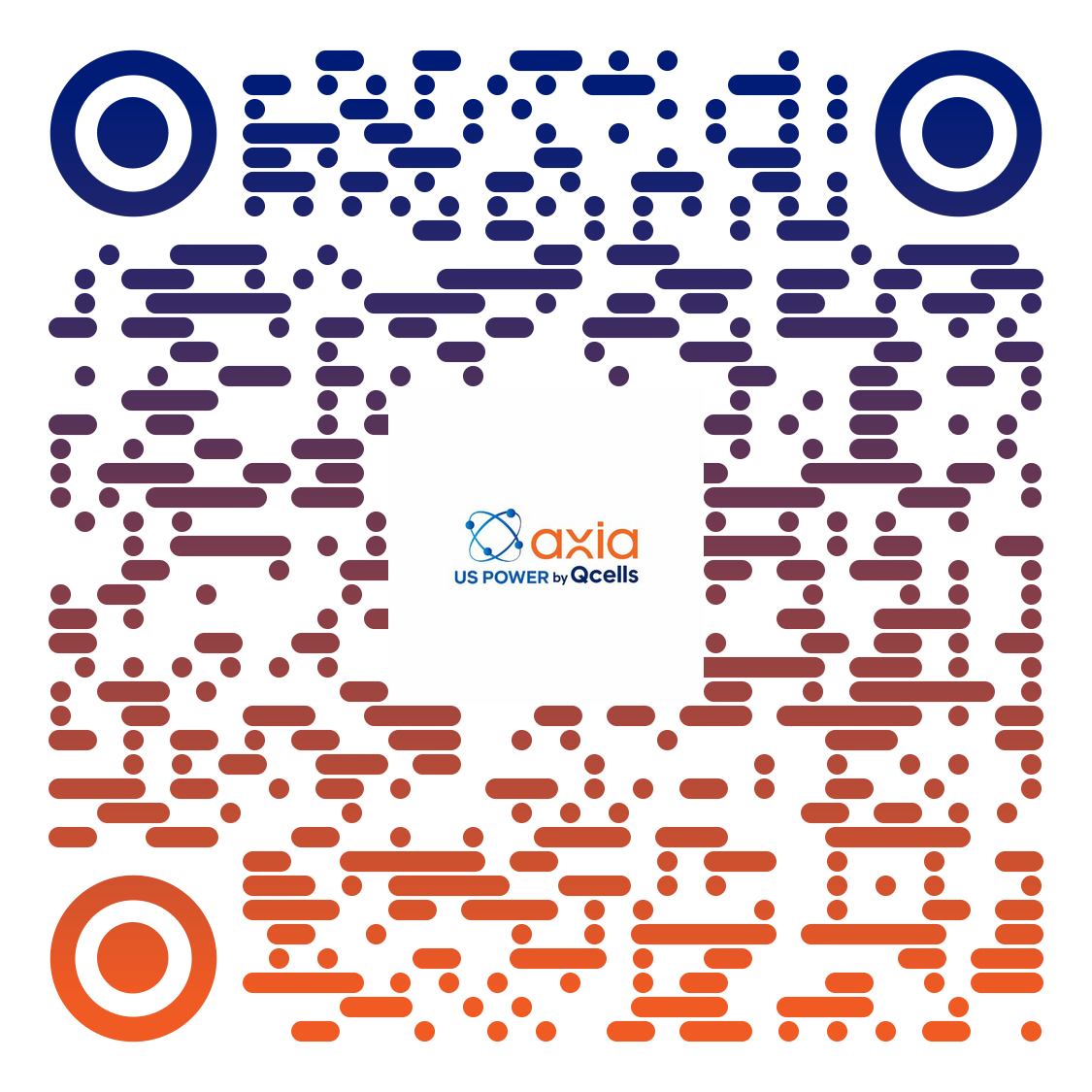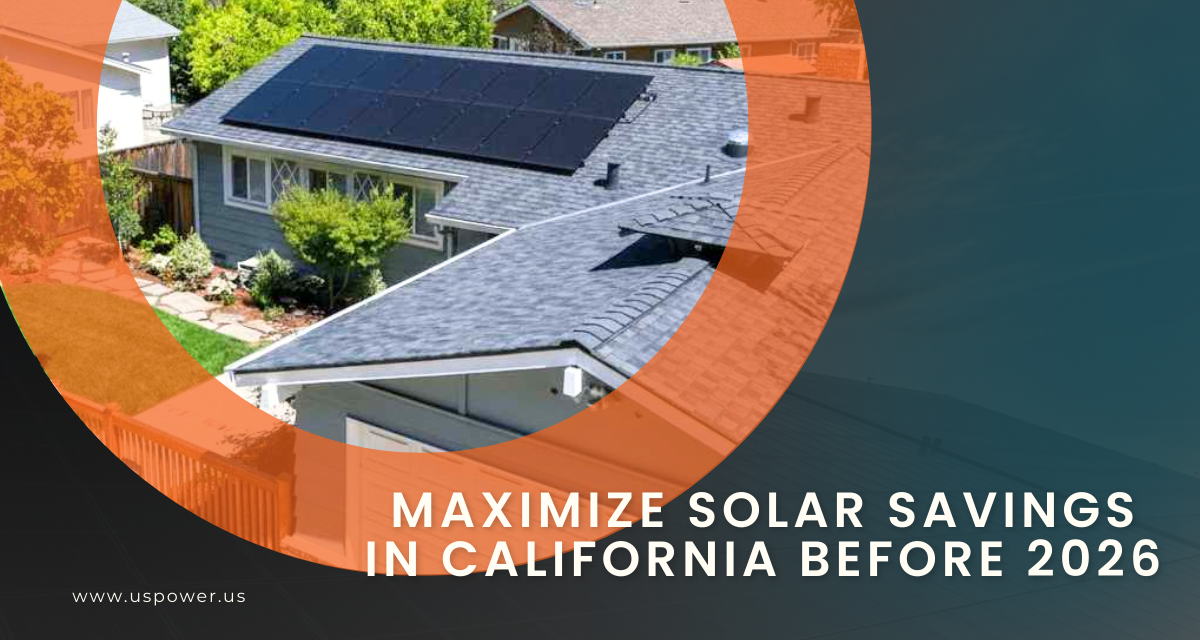What’s Really Happening With Rooftop Solar in California

Solar and Roofing Advisor
Learn the truth about NEM 3.0, AB 942, and California’s rooftop solar rules in 2025. Find out how to save with Qcells solar and battery systems.

In 2023, the California Public Utilities Commission (CPUC) replaced the state’s long-standing Net Energy Metering (NEM) program with the Net Billing Tariff, also known as NEM 3.0.
The change aimed to update compensation for homeowners exporting excess energy back to the grid. However, this policy significantly reduced export credit values — cutting them by roughly 70–75% on average compared with NEM 2.0.
As a result, the return on investment for solar-only systems became longer, while systems that pair solar with battery storage gained new advantages.
What This Means for Homeowners in 2025
1. Longer Payback, But Still Positive
Under NEM 3.0, payback periods for solar-only systems typically range from 8 to 14+ years, depending on energy use, utility rates, and system size.
Adding battery storage can shorten that payback by allowing more energy to be used on-site during peak hours, when grid prices are highest.
Tip: Homeowners who use high amounts of evening electricity or want backup power benefit most from solar-plus-storage systems.
2. Utility-Specific Differences
Each major investor-owned utility—Southern California Edison (SCE), San Diego Gas & Electric (SDG&E), and Pacific Gas & Electric (PG&E)—uses its own hourly rate schedule for exported energy.
This means your export value depends not only on your system size but also on when you generate electricity.
For example:
- SDG&E customers often face the lowest export credits but the highest retail rates.
- SCE customers see moderate export values and strong battery payback potential.
- PG&E customers experience wider time-of-use variations, making energy management systems valuable.
3. New Policies to Watch — AB 942 and Legal Review
In 2025, Assembly Bill 942 proposed new guidelines that could affect legacy NEM 1.0 and 2.0 systems — including how grandfathered systems may transfer during home sales.
The bill has been amended multiple times and remains under review, so homeowners are encouraged to monitor legislative updates closely.
Additionally, the California Supreme Court ordered parts of the NEM 3.0 decision to be reconsidered in 2025. While no immediate changes have been made, the ruling indicates the policy could evolve in 2026 or beyond.
4. Time-Sensitive: Federal Solar Tax Credit Ends December 31, 2025
As of October 2025, the Residential Clean Energy Credit (30% federal tax credit) is set to end after December 31, 2025 due to legislative changes earlier this year.
To qualify, homeowners must have their systems installed and operational before year-end.
Now is the best time to finalize your solar installation and secure both local and federal savings before current incentives expire.
The New Era: Solar + Battery Systems
With reduced export values under NEM 3.0, battery storage has become a cornerstone of California’s solar strategy.
Modern hybrid systems allow homeowners to:
- Store excess solar power for evening use
- Protect against grid outages
- Increase overall savings through time-of-use optimization
Industry data shows that over half of new California solar projects now include batteries, underscoring this statewide shift.
Why Many Californians Still Go Solar
Even with new policies, solar remains one of the most effective long-term investments for homeowners.
Key benefits include:
- Lower energy bills through self-consumption
- Increased home value
- Greater energy independence
- Environmental contribution to cleaner local air
Solar’s value now depends more on smart system design and battery integration, not just panel efficiency or export rates.
Partner With a Trusted Local Installer
US Power partners exclusively with Qcells, offering American-made, high-efficiency panels backed by leading 25-year warranties.
Our consultants provide custom system designs for Southern California homeowners, ensuring every project fits local energy rates, roof layouts, and power needs.
Whether you’re in Sherman Oaks, Agoura Hills, Calabasas, or Ventura County, our team can help you secure available savings before year-end.
Schedule an appointment to learn how you can switch to Qcells solar + battery and maximize savings under California’s evolving energy policies.
Take control of your energy future while current incentives last.
Related Articles
Our Related Blogs
Stay ahead of the energy costs with 2025 solar trends in Southern California.
Your 2025 solar rebate window is closing fast. Act before ends this December 2025.
Hybrid solar + battery often beats the full off-grid for cost and flexibility.
Our Solar and Roof Brand Partners








We empower communities and businesses to harness clean, renewable solar energy solutions that drive sustainable growth.
Ready to Own Your Power? Call us today!
818-650-8010
Copyright © 2025 US Power - Axia by QCells. All Rights Reserved.
Privacy is important to us, so you have the option of disabling certain types of storage that may not be necessary for the basic functioning of the website. Blocking categories may impact your experience on the website.
Essential
These items are required to enable basic website functionality.
Personalization
These items allow the website to remember choices you make (such as your user name, language, or the region you are in) and provide enhanced, more personal features.
Marketing
These items are used to deliver advertising that is more relevant to you and your interests.
Analytics
These items help the website operator understand how its website performs, how visitors interact with the site, and whether there may be technical issues.
We and our third-party partners use cookies and other technologies to enhance and track your experience on this site, conduct analytics, and personalize marketing to you. By using the site, you agree to our use of these technologies, including recording and monitoring your interactions with the site.
Get an instant solar estimate using satellite!









